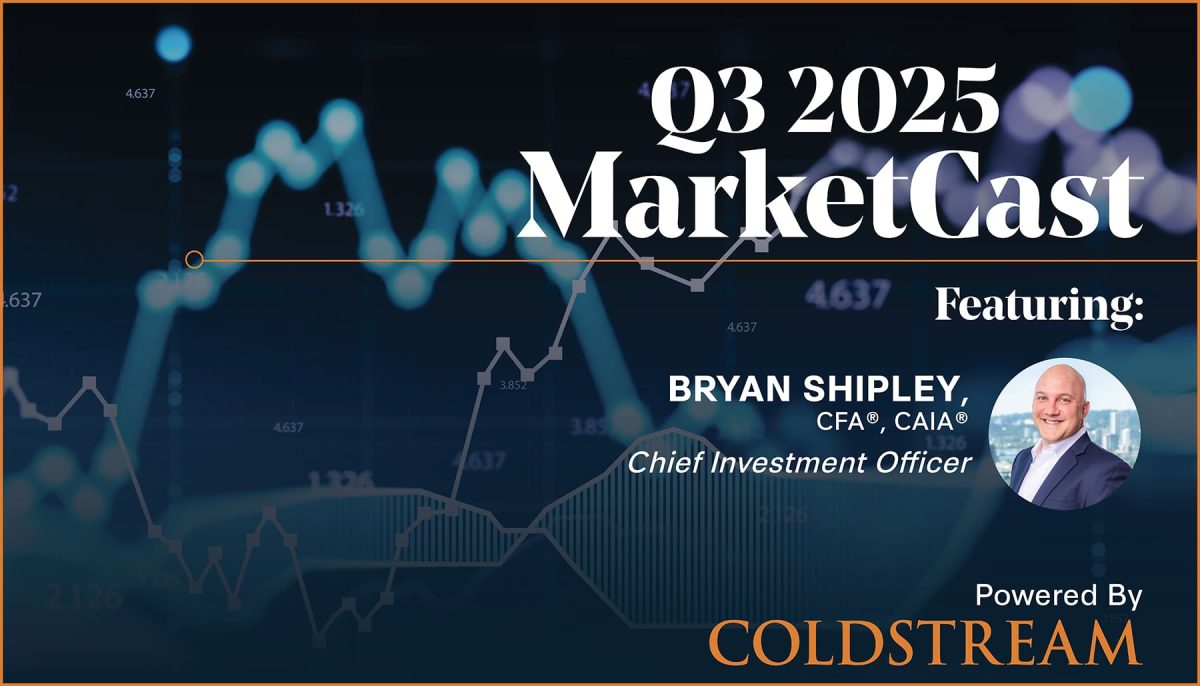
Insights
June 21, 2022
ES… What? The Skinny on ESG (Environment, Social and Governance) Investing
In Investments, Wealth Strategy

Cancel-culture, sit-ins, social movements, grassroot politics… historically there have been many avenues for people to institute cultural shifts in society. Much of this has been in the public domain, loud enough to generate attention, attract popular press, simultaneously inspire and infuriate differing pockets of the general public. The financial sector has been quieter; taking an active, yet more ‘under the radar,’ approach. Since the 1970s, investors have looked to the almighty dollar as a tool to instigate social change. At the start of this investing movement, there was a more ‘exclusionary’ focus; money was pulled from polluters like big oil and gas so these stocks wouldn’t be represented in a portfolio. But in the last fifty years, investing with an eye towards social impact has evolved. We will be highlighting one popular style today, ESG (Environment, Social and Governance) investing, explaining what it is and how it works in the overall investing landscape.
What is ESG Investing?
At its core, ESG is simply investing in companies that are making positive impacts in the environmental, social, and corporate governance arenas. This broad definition can mean many things done at a corporate level, with purpose. This is a style of investing, so the issues may change, but the scoring of companies is constant. Just like any other style of investing, ESG investing will experience cyclicality, as well. So how can an individual know if ESG is the right investing style for his/her portfolio? We will take a look at the factors involved in making ESG decisions, the benchmarking and ‘scoring’ process, and different opportunities in the market today to implement ESG in any portfolio.
How Do You Determine What Investments Fall into this Category?
How is a company evaluated with an ESG lens? The idea of giving a company a score based on myriad factors isn’t new; money managers and finance academics have been inventing ways to evaluate companies since investing began. ESG isn’t different in this way; scores are used to evaluate how compliant or innovative a company is around an environmental, social or governance issue. ESG differs from traditional investing a bit because it’s fairly new; there isn’t a federal mandate yet providing legal oversight on ESG disclosure standards. This has created some issues around ‘green-washing’, where companies and fund managers claim they focus on ESG and sustainability without truly measuring the impact. To date, these standards have been voluntary, and many of the companies wanting to openly display their ESG-focused practices have adopted a blueprint outlined by the nonprofit Sustainability Accounting Standards Board, or SASB. This blueprint allows companies to be ranked and scored in specific standards for seventy-seven different industries, giving investors the ability to compare companies on the same criteria.
Below is a sampling of factors scored for each vertical:
Environmental: what are the carbon emissions from the company or product they produce? What is the overall environmental footprint of the product? How much water do they use? How much waste is produced? Does their product decompose?
Social: what is the makeup of their labor force? How diverse is the company as a whole? How diverse is their leadership? Do they implement positive labor practices? Are their supply chains also socially compliant? Do they have adequate data security?
Governance: what is the ownership structure? What are the shareholder rights? How transparent are they with their own corporate governance? What is their board composition?
Recently, there has been some buzz around more standardized disclosures from the SEC. Whether the landscape remains voluntary or more heavily mandated, we believe it’s essential to get familiarized with the shifts in trends and processes of identifying ESG investments sooner rather than later. You don’t necessarily have to start investing in ESG, but simply keeping a pulse on the market could provide much benefit when it comes to translating your personal views on ESG to actual investments in the long run.
How Do I Evaluate the Impact of My Investments?
Once companies are compared on the same terms, money managers can determine which companies best achieve desirable ESG parameters, factoring in the greater good of the environment, society, or just better business governance practices. Of course, predictability and return consistency are still necessary considerations in the overall success of a client’s financial plan, which we keep front and center as we construct diversified ESG portfolios for clients who are interested in this portfolio customization. We are able to achieve ESG impact across the portfolio’s asset classes while still maintaining similar predictability to a more traditional portfolio.
Some clients have very specific interests such as investing in environmentally oriented projects through “green” bonds, solar or wind energy development, electric vehicles, drinking water purification, or sustainable housing. In these cases, we are often able to identify an exchange-traded mutual fund that focuses on the area of interest and allocate a portion of the portfolio to it. Highly customized exposure like this can help satisfy the goal of investing according to a client’s specific values.
At Coldstream, we help clients navigate this developing investment style and provide guidance to those wanting to align their investing with their own moral compass. We welcome the discussion to see if ESG is right for your portfolio, providing research and insight based on your personal interests, passions, and areas of focus.
Insights Tags
Related Articles

July 11, 2025
The Return of Diversification


July 10, 2025
Watch Coldstream’s MarketCast for Third Quarter 2025


June 27, 2025
Diversified Estate Planning for LGBTQ+ Families
